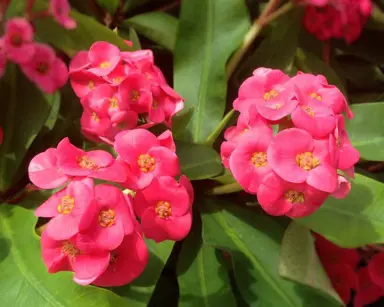Hydrangea Mathilda Gutges
Hydrangea Mathilda Gutches features large, blue flower heads through summer and autumn. The flowers sit perfectly with the lush, dark green foliage as it grows to 1.2 m tall and the same wide. Hydrangea Mathilda Gutches is a great variety for adding to a mixed planting, maintaining in a container, growing as an informal hedge, including in a cottage garden, or for planting around an outdoor living area.











